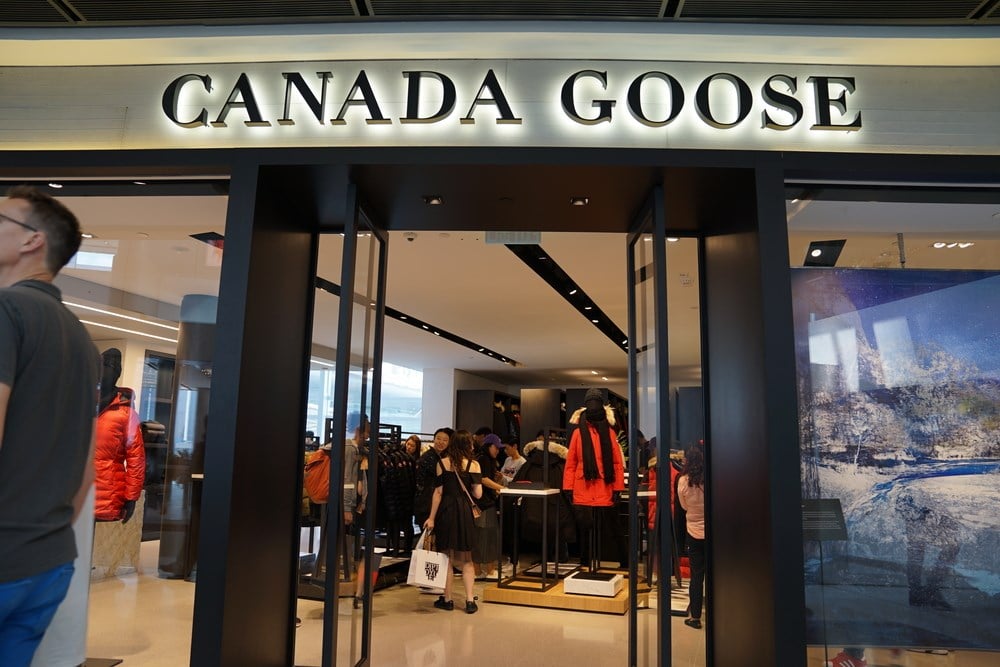
Canada Goose Holdings, Inc. (NYSE: GOOS) delivered a solid earnings report on May 18. The maker of premium outerwear beat on both its top and bottom lines. And in a year when what a company says about its future matters more than its current results, Canada Goose projected upbeat guidance. Specifically, the company expects to see continued growth in Asia and Europe.
In the next quarter, which is the company’s fiscal first quarter, Canada Goose is projecting total revenue of $70 to $80 million and adjusted earnings per share of negative 89 cents to negative 82 cents. It's important to note that this is historically the company's weakest quarter. And the revenue number would be a 30% increase on the low end of the guidance. However, the earnings number at the low end is nearly double the loss in either of the prior two years.
So why is the stock down over 20% since the report? You can give a nod to the usual suspects of inflation and the continued expectation of a recession at some point this year. And Canada Goose alluded to in its earnings report, particularly when it came to the United States.
The company issued a cautious outlook for its U.S. business for the remainder of 2023. The company cited macroeconomic issues as a key reason for the 4.5% decline in quarterly U.S. revenue.
And the rest of the year is not looking much better. According to chief financial officer (CFO) Jonathan Sinclair said, “...the market is going to be a little bit more challenging in the U.S. because of the macroeconomics.”
Analysts and Investors are Fading GOOS Stock
According to the Canada Goose analyst ratings from MarketBeat, the stock has a Hold rating with a price target of $20.30. That’s right about where GOOS stock was trading before the earnings report. But recent analyst activity is more bearish.
On May 6, 2023 – nearly two weeks before Canada Goose reported earnings, the analyst firm Barclay’s downgraded GOOS stock to Equal Weight from Overweight. And following the earnings report, Bank of America (NYSE: BAC) lowered its price target on the stock from $17 to $14.80.
The stock also continues to have high short interest with 27% of the stock’s float being sold short. And the short interest ratio which approximates the days short sellers have to cover their positions is over 10 days.
Institutions Appear to Be Buying
Despite what appears to be negative sentiment for GOOS stock. There does appear to be a bright spot. Institutional investors are still buying the stock. Overall institutional ownership is 42% which is not particularly impressive. However, buyers outnumber sellers by two to one. And in the most recent quarter that ratio was about three to one.
Since institutional investors are always forward looking, this could indicate that institutional investors are optimistic about the long-term prospect for GOOS stock. But does it mean that retail investors should be buying the dip?
A Wait-and-See Approach Is Justified
Trading just above $16 a share as of this writing, GOOS stock is within 10% of its 52-week low. That could make it an attractive target for investors. However, there’s a difference between price and value and Canada Goose has a premium valuation with a price-to-earnings ratio of 33.4x. There’s nothing in the company’s forecast that justifies that premium at this time.
The company may continue to grow sales in China since the company appears to have no appetite for more lockdowns despite rising Covid-cases. But the index of leading economic indicators continues to scream weakness and that should be enough to make investors hesitant of an overvalued retail stock.






